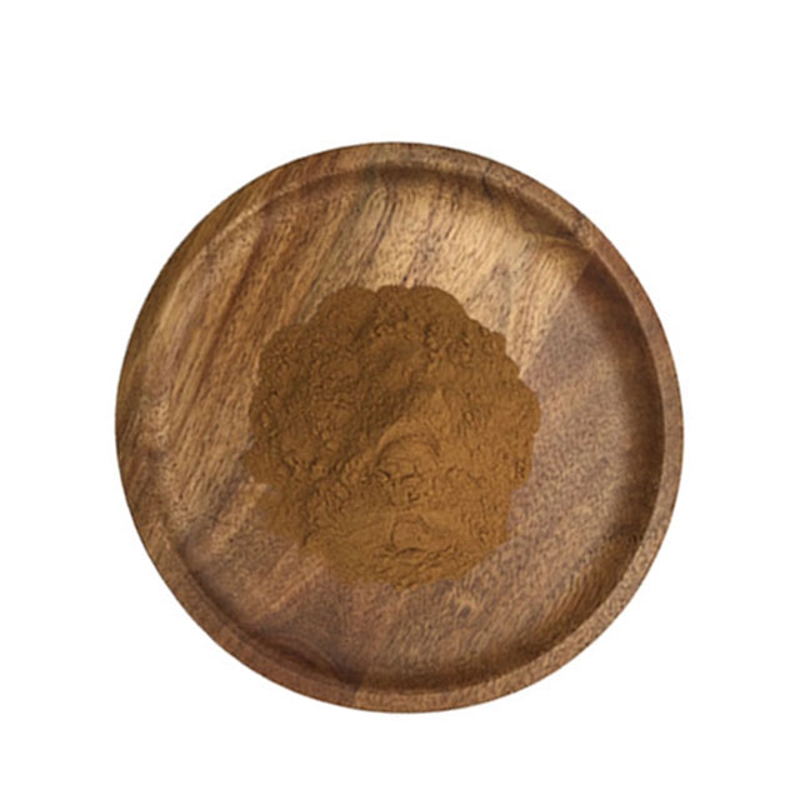-
Categories
-
Pharmaceutical Intermediates
-
Active Pharmaceutical Ingredients
-
Food Additives
- Industrial Coatings
- Agrochemicals
- Dyes and Pigments
- Surfactant
- Flavors and Fragrances
- Chemical Reagents
- Catalyst and Auxiliary
- Natural Products
- Inorganic Chemistry
-
Organic Chemistry
-
Biochemical Engineering
- Analytical Chemistry
- Cosmetic Ingredient
-
Pharmaceutical Intermediates
Promotion
ECHEMI Mall
Wholesale
Weekly Price
Exhibition
News
-
Trade Service
CDI is a common microbial pathogen that causes diarrhea and increases morbidity and severity in both outpatient and inpatient patients.
Despite significant advances in CDI testing and treatment, the results continue to deteriorate.
common CDI risk factors include hospitalization, immunosuppression, late-stage synthesis, and the use of antibiotics and proton pump inhibitors.
these risk factors are very common in patients with cirrhosis, who are particularly susceptible to CDI infection, and CDI is an independent risk factor for death, so we are trying to identify the risk factors and associated outcomes in patients with cirrhosis and CDI.
researchers conducted a retrospective queue study of adult patients diagnosed with cirrhosis who were admitted to Indiana University Hospital between January 1, 2012 and December 31, 2016, and followed patients for 90 days to determine the results when they were diagnosed with CDI infection.
observation is repeated CDI infection (R-CDI), which is defined as CDI that occurs again within 14-56 days of the initial CDI diagnosis date.
as with the initial CDI inclusion criteria, R-CDI is defined as being based on compatible symptoms and accompanied by a positive laboratory test.
secondary results include mortality within 90 days of CDI diagnosis and re-admission within 30 days of discharge.
use the Kaplan-Meier curve to count the number of days R-CDI occurs.
use the Cox Scale Risk Model to assess the single-variable correlation between patient characteristics and results.
study included 257 patients, 28 of whom died within two weeks, and 21 who did not follow up after two weeks, leaving 208 for R-CDI analysis. A total of 22 patients in the
had R-CDI, with an estimated incidence of R-CDI of 11.9%.
simply, R-CDI is associated with increased age, non-hepatitis C cirrhosis, increased Charson comorbidities, and increased length of hospital stay. there was no significant association between
R-CDI and the drug: 62% of patients were taking proton pump inhibitors at the time of discharge, containing 14.5% R-CDI (compared to 7.6% ;P to 0.15 for those who did not take proton pump inhibitors).
, 12 per cent of people took fluoroquinolones at discharge and 21.8 per cent of R-CDI (compared to 10.7 per cent ;P s 0.18) who did not take fluoroquinolones).
patients who received non-dammycin therapy and those who received fecal microbiome transplantation had CDI recurrence.
addition, the use of lactose increases the risk of R-CDI (risk ratio of 2.58; 95% confidence interval (CI): 1.09-6.09).
9 (40.9%) of the 22 patients with R-CDI met the criteria for severe CDI and 1 had an outbreak of colitis.
of these 257 patients, 53 died within 90 days (28 at admission and 25 after discharge), with a mortality rate of 22.8 per cent and for those without R-CDI, 20.8 per cent.
deaths were associated with non-alcoholic fatty hepatitis of cirrhosis, severe CDI, outbreakcdI, vancomycin therapy, increased Child-Pugh scores, increased MELD scores and intensive care.
study found that the R-CDI rate of patients with cirrhosis was about 11.9%, age increased, non-hepatitis C cirrhosis, Charson comorbidities index increased, and increased hospital stay was the main cause of CDI in patients with cirrhosis, and early intervention in patients with these risk factors could effectively improve the patient's prognosis.
.







